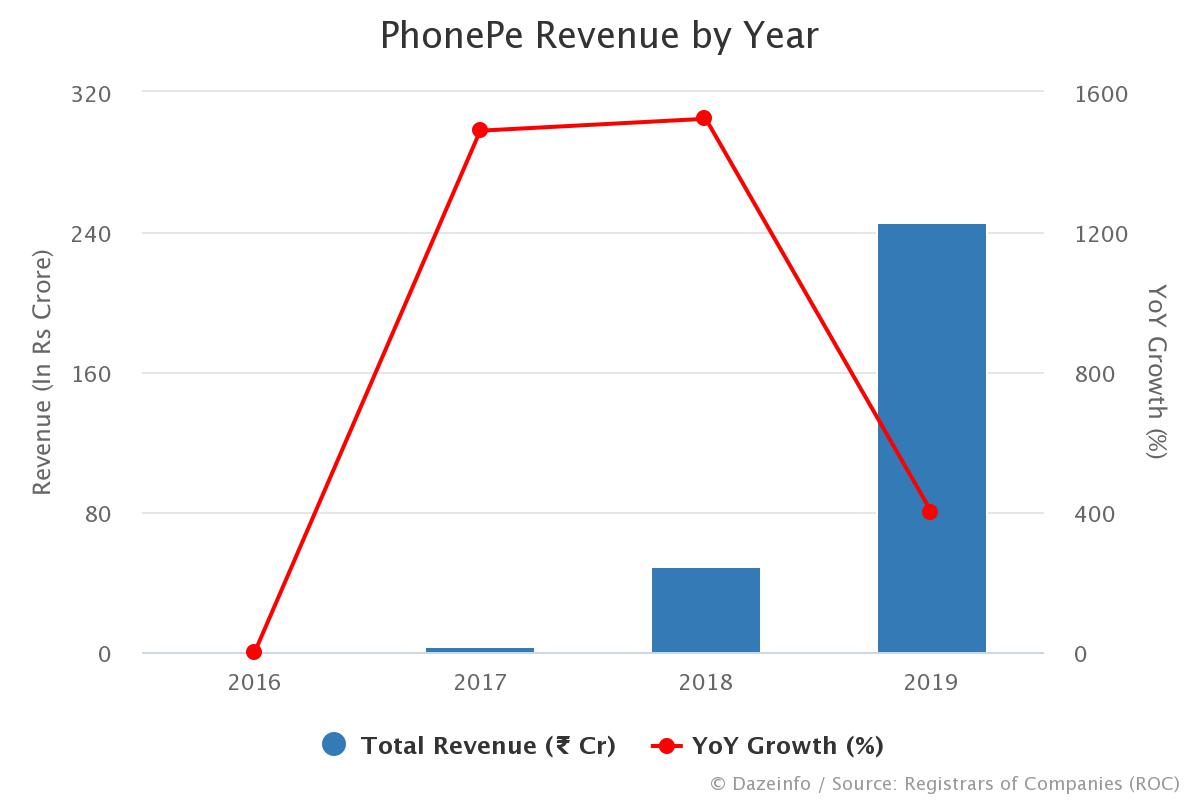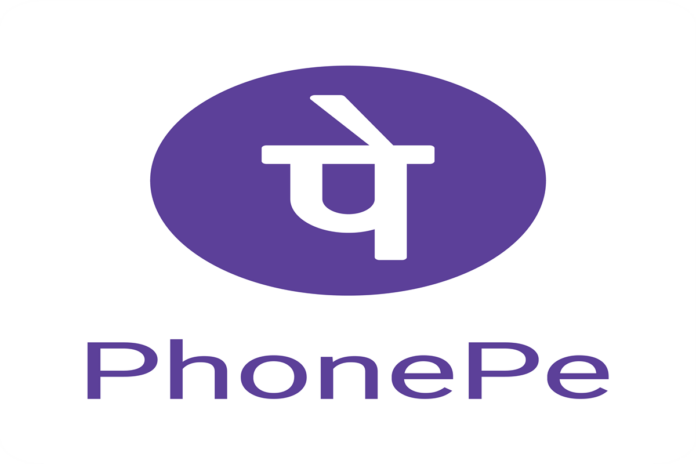Customer Service Reduction and AI Integration
Over the past five fiscal years, PhonePe has streamlined its customer service operations, reducing its support team by 60%. The number of agents decreased from 1,100 to just over 400 as the company increasingly adopted AI-driven chatbots. These chatbots now handle over 90% of customer inquiries and issues, significantly lowering operational costs without compromising customer satisfaction, according to the company. The shift to automation has enabled PhonePe to maintain high service quality while scaling its operations more efficiently.
Scaling Back Cashbacks and Payment Incentives
To improve profitability, PhonePe slashed its cashback and payment transaction incentives to just ₹15 crore in FY24—a dramatic reduction from the ₹950 crore spent in FY19. This cutback aligns with a broader industry trend toward sustainable growth, as fintech companies focus on reducing non-essential expenditures. By scaling back these incentives, PhonePe aims to shift its focus from aggressive customer acquisition to building long-term profitability through more sustainable business practices.
Revenue Growth vs. Rising ESOP Costs

Despite these reductions, PhonePe achieved remarkable revenue growth. The company’s operational revenue surged by 74% to ₹5,064 crore in FY24, indicating that its efforts to streamline costs have not hindered its expansion. However, Employee Stock Ownership Plan (ESOP) expenses remain a significant financial challenge. The company reported ESOP costs of ₹2,193 crore, which outstripped total employee salaries. These expenses contributed to PhonePe’s net losses despite its robust revenue growth. If ESOP costs were excluded, the company would have posted a net profit of ₹197 crore, underscoring the impact of these stock-based compensations on its financial health.
Government Subsidies and Growing Interest Income
PhonePe benefits from government subsidies that account for 10% of its revenue. These subsidies help offset losses incurred by banks and fintech’s due to eliminating the Merchant Discount Rate (MDR) on UPI transactions, a policy introduced to promote digital payments. In addition to subsidies, PhonePe’s other income, primarily from interest, quadrupled to ₹661 crore in FY24, further supporting the company’s financial performance.
Conclusion: Navigating the Path to Profitability
PhonePe’s strategic focus on cost reduction and operational efficiency is showing promising results. By reducing its customer service workforce, cutting back on cashback, and focusing on revenue growth, the company is moving closer to sustainable profitability. However, the high ESOP costs remain a hurdle, requiring careful management to balance growth with financial discipline. As PhonePe continues to streamline operations and leverage government support, it aims to secure its position as a leader in India’s fintech landscape while working toward long-term profitability.

